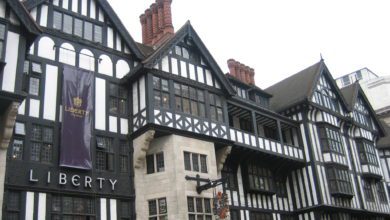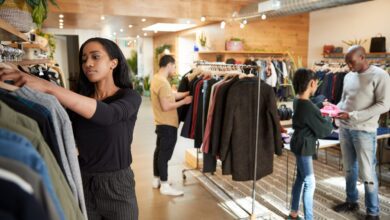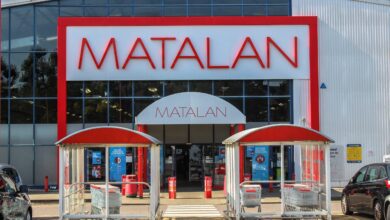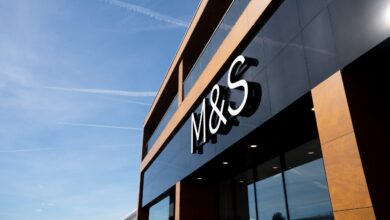Time to end painful queue, returns and changing room dramas

Zara in the UK introduced self-service in some of its London flagship sites earlier in 2018, as the fashion retailer upgraded its showcase store to highlight its technological and customer service prowess.







